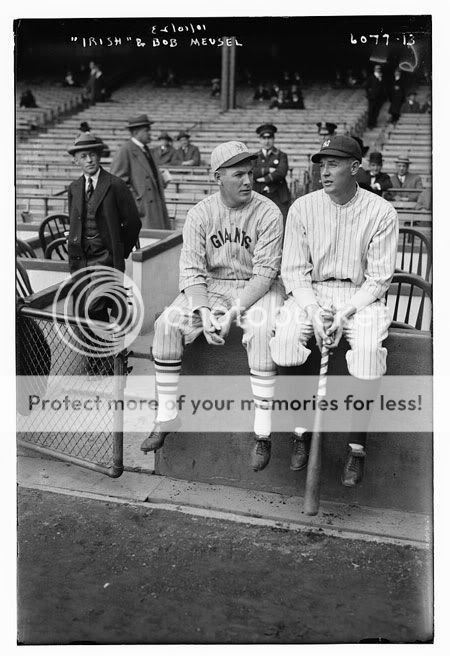All the talk yesterday regarding a blown call costing a pitcher a perfect game may have taken some attention away from what would have otherwise been the story of the day: the retirement of Ken Griffey Jr.
Granted, it wasn’t as surprising a story, since the once seemingly-eternally young Griffey looked more fit for a senior softball league by the end, hitting below .200 for the Mariners and purportedly falling asleep in the clubhouse, missing pinch hitting duties. It wasn’t fun to see Griffey at the end, a beloved player for his youthful energy, supreme talent in the first half of his career and his (we all hope it’s true) steadfast refusal to use performance enhancing drugs. And he was a tragic figure for having more injury-marred seasons than healthy ones in the last decade.
Griffey played in his final game on May 31, one day after the 75-year anniversary of the last time Babe Ruth shuffled out in a Boston Braves uniform that never looked right. Both Griffey and Ruth left the game at 40, shells of the immortals they once were, and, as I wrote in November, their ends bring to mind other greats like Rickey Henderson and Willie Mays who looked like old men by the end of their careers.
Really, short of Ted Williams, who hit .316 his final year and homered in his last at-bat, star players rarely seem to bow out near the top of their games. They generally stay until teams will no longer play them, or — in recent years — if they have some kind of steroid-related disgrace, as Barry Bonds, Roger Clemens, Rafael Palmeiro, and Jose Canseco could attest.
I think I understand why players don’t want to leave. I know I do what I love in life because something feels missing from it when I don’t. In my case, I’m lucky because one of the things I love most, writing, can be a lifelong pursuit. Baseball players get a limited number of years to pursue their passions, and while the sport offers more years of competition than many others, it probably still feels all too short. So I’m sure there must be a temptation for a player to squeeze every last bit of enjoyment out of baseball while there’s still time, to milk every last cheer, to earn every last contract dollar.
Griffey at least had the good sense to make his retirement effective immediately, instead of opting for a tear-filled farewell tour. It seems he’d make a great hitting coach somewhere should a team give him a shot. If Mark McGwire can get this opportunity, as I wrote about in October, it seems only fair to consider Griffey as well.
With everything being said, Griffey finished with 630 home runs, likely rates among the finest ballplayers of his generation and should be a first-ballot Hall of Famer. I have family in Seattle and am happy to say that childhood trips there included a few visits to the Kingdome where I saw Griffey in his prime, when he had one of the most graceful swings I’ve seen. That’s the image I’ll keep of him.
